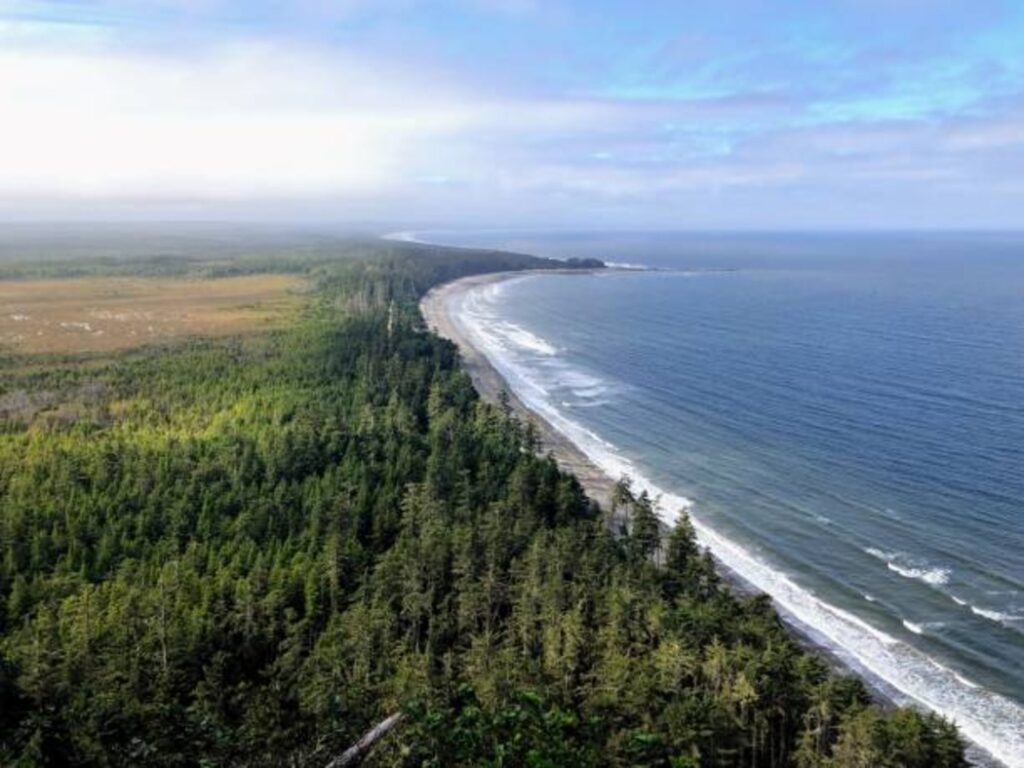By affirming Indigenous land ownership, British Columbia and the Haida Nation are signaling a new era for Indigenous relations.
Twenty years ago, Geoff Plant, the then attorney general of British Columbia, made an offer to the Haida Nation. Many West Coast First Nations, including the Haida, had never signed treaties with the Canadian government ceding their traditional lands or resources, and Plant was trying to revive the faltering process of treaty making. He wanted to smooth over relations with Indigenous peoples, but he also wanted to help the province extract more resources from Indigenous lands. To entice the Haida—a nation known throughout Canada for its political savviness and resolve—he had what he thought was a bold bargaining chip.
Like many other officials, Plant viewed the BC government as the clear landlord of provincial lands, including those of the Haida Gwaii archipelago—10,000 square kilometers of forested islands located roughly 650 kilometers northwest of Vancouver, British Columbia, and the Haida’s home for at least the past 13,000 years.
So here was Plant’s pitch: the BC government would give the Haida control of 20 percent of their lands, but that would require the nation dropping a title case it had recently filed with the BC Supreme Court. Title refers to the inherent right to own and manage Indigenous territories based on traditional use and occupation. The Haida maintained that their territory included all of the land area in the archipelago, as well as the surrounding airspace, seabed, and marine waters.
The Haida saw Plant’s offer to the door.
“Why would we give up 80 percent of our land to get 20?” said Gidansda (Guujaaw), the then president of the Council of the Haida Nation, to media at the time. “This case is about respect for the Earth and each other.
read more at hakaimagazine.com.

